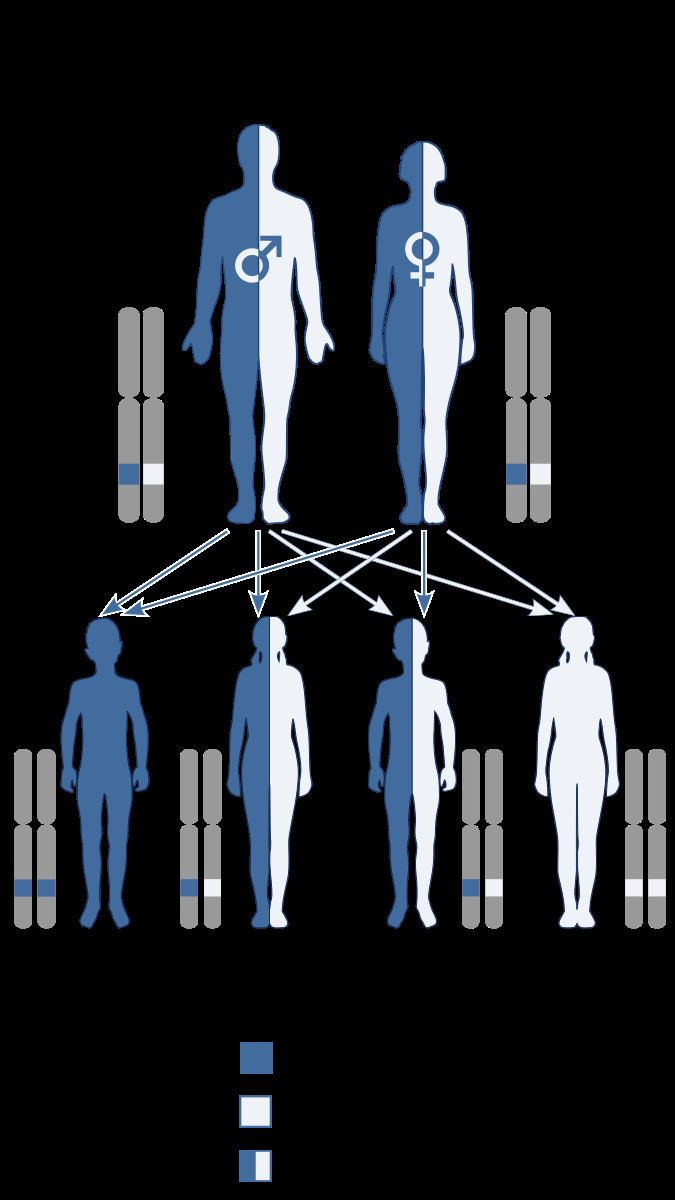Specialty hematology ICD-9-CM 288.01 eMedicine ped/1260 | ICD-10 D70 DiseasesDB 29519 | |
 | ||
OMIM 202700 613107 610738 612541 615285 300299 | ||
Kostmann syndrome is a group of diseases that affect myelopoiesis, causing a congenital form of neutropenia (severe congenital neutropenia [SCN]), usually without other physical malformations. SCN manifests in infancy with life-threatening bacterial infections.
Contents
Most cases of SCN responds to treatment with granulocyte colony-stimulating factor (filgrastim), which increases the neutrophil count and decreases the severity and frequency of infections. Although this treatment has significantly improved survival, people with SCN are at risk of long-term complications such as hematopoietic clonal disorders (myelodysplastic syndrome, acute myeloid leukemia).
Kostmann disease (SCN3), the initial subtype recognized, was clinically described in 1956. This type has an autosomal recessive inheritance pattern, whereas the most common subtype of Kostmann syndrome, SCN1, shows autosomal dominant inheritance.
Usage
Kostmann disease is a form of severe congenital neutropenia (SCN), specifically type 3 (SCN3), which is a rare autosomal recessive condition in which severe chronic neutropenia is detected soon after birth. The disorder was discovered in 1956 in an extended family in northern Sweden by Rolf Kostmann, a Swedish doctor.
Severe congenital neutropenia (SCN) is used as the overarching term for all diseases that affect myelopoiesis most prominently. Kostmann syndrome can restrictively refer to Kostmann disease specifically, or can be used synonymously with SCN as an umbrella term. These syndrome subtypes are phenotypically similar despite arising from different gene abnormalities.
Although mutations of more than 15 genes cause severe congenital neutropenia (in a general sense) not all of these are usually considered as SCN. Clinical usage excludes two broad categories of congenital neutropenia. Diseases are excluded that overtly affect multiple systems rather than impacting myelopoiesis most prominently. Thus SCN excludes the severe neutropenia which can occur in congenital diseases such as Shwachman–Diamond syndrome, Barth syndrome, Chédiak–Higashi syndrome, WHIM syndrome, and glycogen storage disease type Ib. A further group of other miscellaneous inherited disorders, such as hyper IgM syndrome, Hermansky–Pudlak syndrome (HPS), Griscelli syndrome (GS), PN, P14 deficiency, Cohen syndrome, Charcot–Marie–Tooth disease (CMT) can show congenital neutropenia, but lack bone marrow findings typical of SCN.
This group of diseases may also have additional features such as partial albinism, retinopathy, or neuropathy, and are not inclined to degenerate into acute myelogenous leukemia.
Presentation
Infants with SCN have frequent infections: 50% have a significant infection within 1 month, most others by 6 months. Their etiology is usually bacterial, especially staphylococcal, and they commonly involve abscesses, both cutaneous and of internal organs, pneumonia, mastoiditis (inflammation of the mastoid process), and sepsis. All of these are life-threatening for infants.
Genetics
Kostmann disease, SCN3, is inherited in an autosomal recessive manner, but the commonest subtype of Kostmann syndrome, SCN1, is autosomal dominant.
A significant proportion of SCN lacks a known mutation. The recognized subtypes of Kostmann syndrome are:
SCN occasionally may arise from SBDS mutations.
Diagnosis
An absolute neutrophil count (ANC) chronically less than 500/mm3, usually less than 200/mm3, is the main sign of Kostmann's. Other elements include the severity of neutropenia, the chronology (from birth; not emerging later), and other normal findings (hemoglobin, platelets, general body health). Isolated neutropenia in infants can occur in viral infections, autoimmune neutropenia of infancy, bone marrow suppression from a drug or toxin, hypersplenism, and passive placental transfer of maternal IgG.
A bone marrow test can assist in diagnosis. The bone marrow usually shows early granulocyte precursors, but myelopoietic development stops ("arrests") at the promyelocyte and/or myelocyte stage, so that few maturing forms are seen. Neutrophil survival is normal.
Needs mention of (rarer) myelokathexis types. e.g. G6PC3 variant and
Pathophysiology
The various mutations may be responsible for the untimely initiation of apoptosis in myelocytes, producing their premature destruction. There may be, in addition, other underlying molecular/genetic changes producing DNA mutations and genome instability, which contribute to initiation and progression of this disease.
Therapy
Regular administration of exogenous granulocyte colony-stimulating factor (filgrastim) clinically improves neutrophil counts and immune function and is the mainstay of therapy, although this may increase risk for myelofibrosis and acute myeloid leukemia in the long term.
Over 90% of SCN responds to treatment with granulocyte colony-stimulating factor (filgrastim), which has significantly improved survival.
